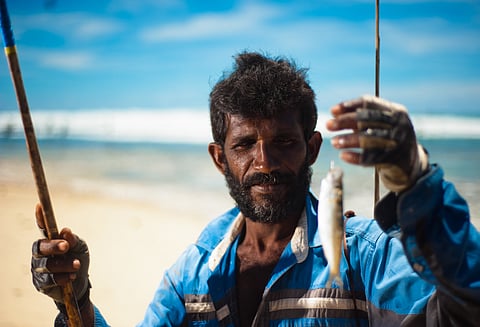(This is an essay from our July 2015 print quarterly, 'Disaster Politics'. See more from the issue here.)
Sri Lanka has experienced a range of natural and manmade disasters between 1900 and 2015. Some were 'mega-disasters' that struck the entire country, while others were localised events – floods, landslides and droughts – caused by the vagaries of tropical nature. Whether local or national, disasters take a toll on individual lives and livelihoods, causing setbacks in social welfare and human development. Disasters, however, do not impact the population indiscriminately. And neither does the period of recovery, where too, we find differences in the experiences of the people.
Three mega-disasters have had the biggest impact in Sri Lanka's political economy over the last century. The first of these was the 1934-35 malaria epidemic, which became a turning point in the politics of disaster management and the growth of the Sri Lankan welfare state.

